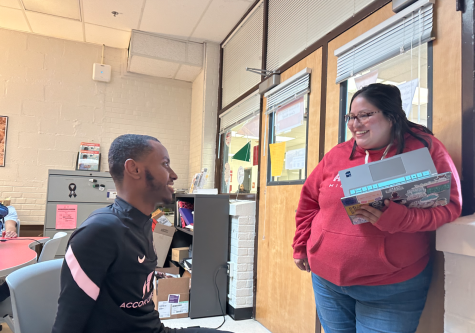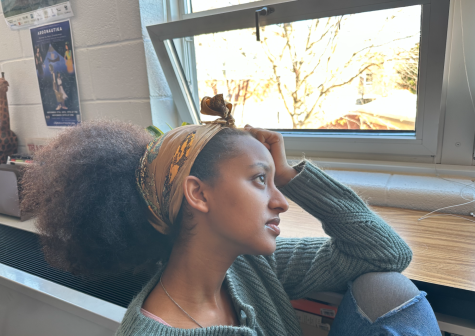Staring at a screen may not be so bad for teens
Laying in the dark with a bright screen illuminating your face for hours is bound to damage your eyesight and affect your brain. At least, this is what we have been taught to believe. However, according to recent studies, it turns out that screen time may not be so dangerous after all.
Research published in Jan. 2017 including more than 120,000 teenagers at the University of Oxford showed that excessive amounts of time spent on a screen is not harmful and appears unlikely to have serious negative effects. In fact, instead of the assumed decline in well-being we think results from too much screen time, the study concluded that after hours of exposure to a screen, the well-being of the teenagers actually improved.
This is because spending moderate time in front of a screen may be relieving stress through online games, expressing oneself through social media, and conducting research or finishing school work while typing on a computer.
The Internet and many forms of social media have allowed teenagers everywhere to make new friends online, benefiting their self-esteem and allowing young people to be more communicative rather than closed off. As long as spending time with a screen is not the only thing one does, one can still have an active social life.
“The Internet can benefit one’s social life in that one can make new friends online,” senior Kitty Le said. “Additionally, an individual can connect with friends without having to go out to see them, as well as friends who live far away.”
Some people are not as quick to believe that screen time is harmless. There is still the possibility of spending too much time online, preventing teenagers from learning how to deal with real-world interactions. Young adults have become too used to speaking to people through screens via text, email, or social media. This will inevitably harm their abilities to interact with others face-to-face or in person if excessive.
Although teens are becoming more open and sociable through technology, they are becoming less communicative in real life.
“The Internet can also be detrimental because [teens] may only spend [their] time on the internet instead of interacting with friends and family,” Le said.
After AHS passed out school laptops for every student in need of one, in every classroom teenagers have computers out and open on their desks and are choosing to type notes instead of hand-write them. Even though this is more convenient as it makes note-taking faster, they may not be grasping the information they are writing as well as they would if they were to use pencil and paper.
“I prefer handwriting my notes because it helps me retain the information better,” Le said.
According to the Association for Psychological Science, using pen and paper, not laptops, to take notes boosts memory and the ability to retain and understand concepts. However, there is no stopping the rise in technology use– whether it is outside or inside of school.
In addition to encouraging tech use by providing laptops to AHS students, there has been a drop in physical textbook usage as most are now accessible online through Pearson. These practices are only increasing the levels of screen time teens are exposed to.
Still, being in front of a screen cannot be all bad or all good. There are benefits as well as drawbacks that come with the increasingly technology-reliant world.
The best thing to do is to watch out for how much time is spent staring at screens and lessen that time if it is excessive. Sometimes, being in front of a screen is unavoidable, but attempting to balance that amount by finding hobbies unrelated to technology can have positive effects.

Senior Judy Nanaw is the Health Editor for the A-Blast and this is her second year on staff. Before this year, her position was a staff writer. She is...






